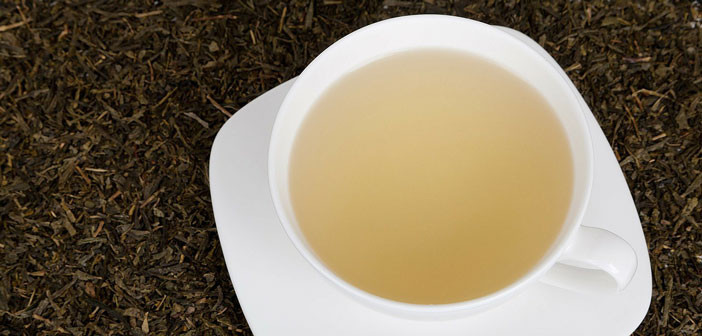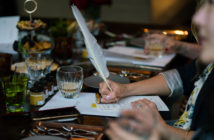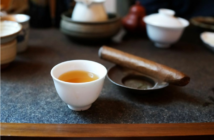White tea is the least processed of all of the tea categories. Some natural oxidation occurs but it’s not withered and rolled in the way other teas are. In most cases the leaves are simply dried in the sun. Traditionally a product of Fujian Province, it can now be found in nearly every growing region, including the United States. White tea produced in Yunnan Province is often called Moonlight White.
Most Chinese varieties are actually all the same tea but they are separated into the following leaf grades:
Silver Needle
Also known as Bai Hao Yinzhen, the highest grade of white tea is comprised completely of new buds. They are covered in tiny silver hairs, which is where the name comes from.
Bai Mu Dan
You might already know this tea as white peony. It’s made up mostly of buds augmented with a quantity of larger leaves. It has a slightly stronger taste than Silver Needle.
Gong Mei
You might see this tea being sold as Long Life Eyebrow. You’ll find it contains larger leaves with very few needles.
Shou Mei
Sometimes known as Tribute Eyebrow, this is the lowest grade of white tea. It has the strongest taste and is frequently used in teabags and for flavored blends.
Compressed white tea has now become very popular. Similarly to sheng puerh, white tea will age over time as it retains its natural enzymes.
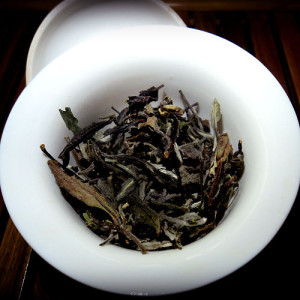 Brewing Style: Eastern
Brewing Style: Eastern
White tea is usually brewed in either a gaiwan or glass pitcher. Yixing teapots are not recommended as they retain too much heat. Water temperatures are usually around 175 degrees Fahrenheit, and steep times will be between 30 seconds and 1 minute. They are gradually increased with each infusion. This tea also works well when brewed “grandpa style”.
Brewing Style: Western
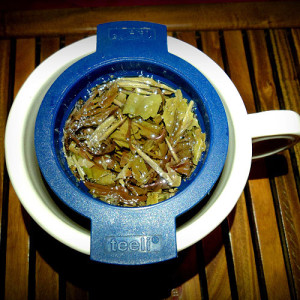 When using a western style teacup or teapot, water temperatures are usually around 165 degrees Fahrenheit. Steep times can vary between 1 and 5 minutes. White tea is very voluminous so it’s hard to measure in teaspoons as you might normally do. A more accurate measure would be to weigh your leaves. Most teas will call for 2 to 2.5 grams of leaf per cup of water.
When using a western style teacup or teapot, water temperatures are usually around 165 degrees Fahrenheit. Steep times can vary between 1 and 5 minutes. White tea is very voluminous so it’s hard to measure in teaspoons as you might normally do. A more accurate measure would be to weigh your leaves. Most teas will call for 2 to 2.5 grams of leaf per cup of water.
Good quality white teas are able to handle hotter water and longer steep times without becoming bitter or unpleasant. As always, start with your tea vendor’s recommendations and adjust to your personal preference from there.
note that this post was previously published in 2014

